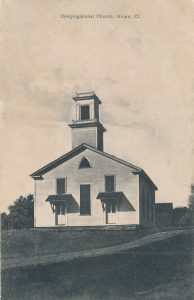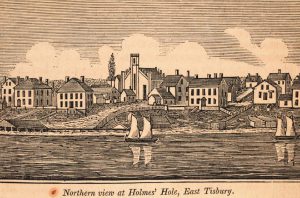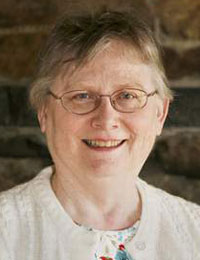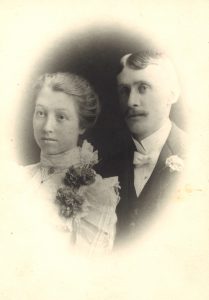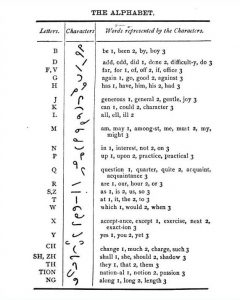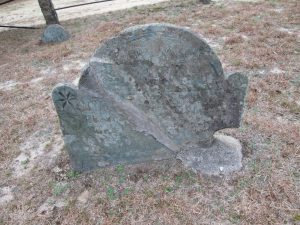
Because of the dedication of our many volunteers, we at the New England Historic Genealogy Society have the opportunity to continually expand the range of databases we provide to family researchers. Recently we have made a lot of progress indexing cemetery transcriptions from NEHGS manuscripts, creating a database complete with accompanying images. You may wonder why we are bothering to index these old manuscripts when there are so many other sources of cemetery information widely available on the Internet today. Continue reading Ancient burying grounds



